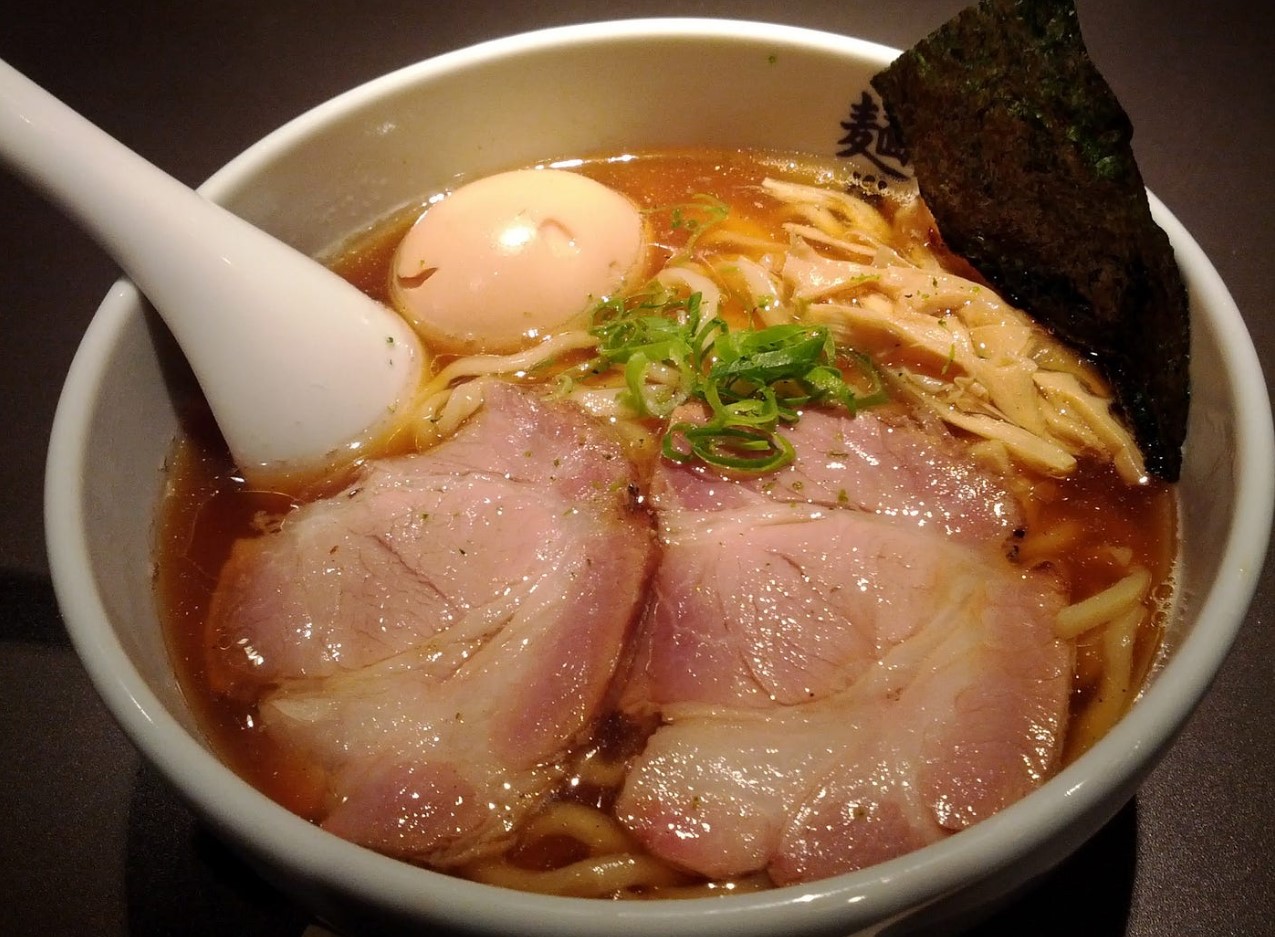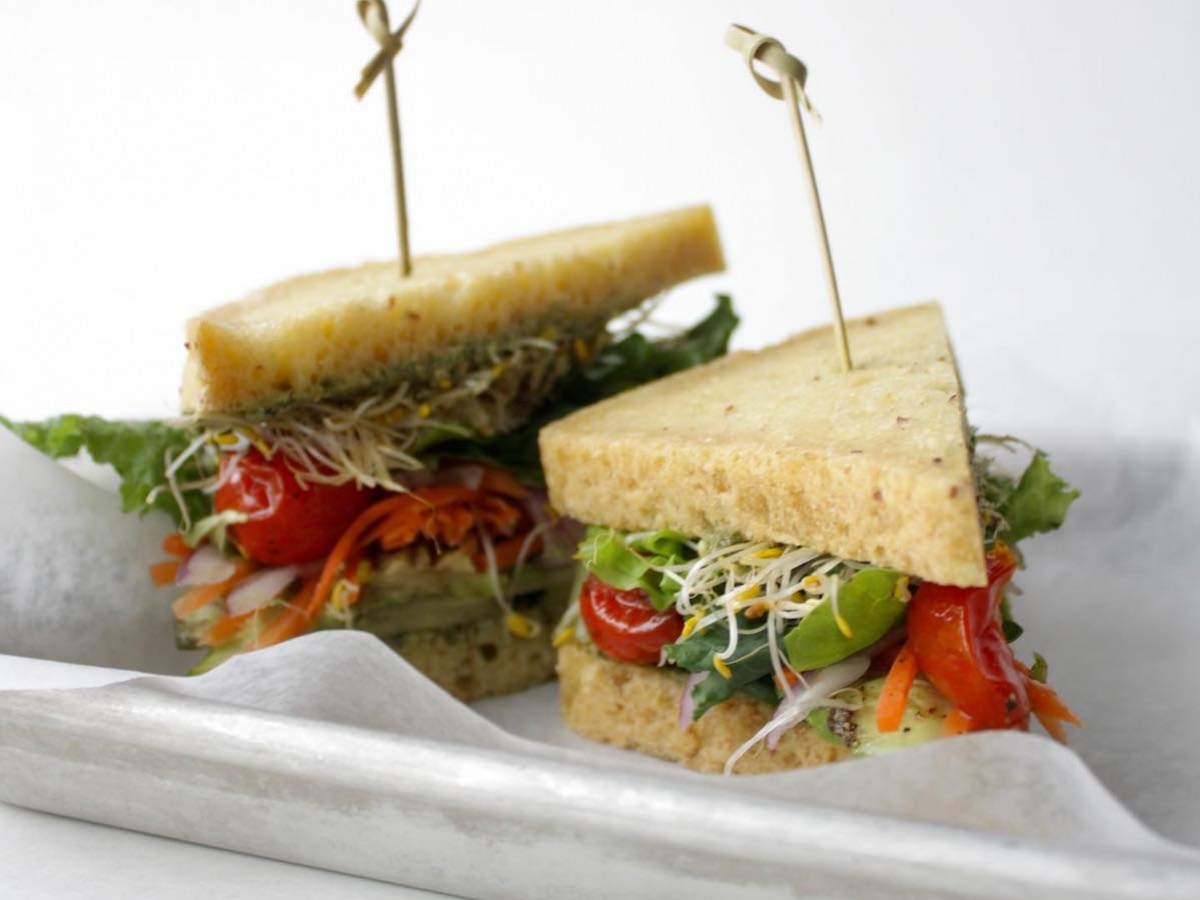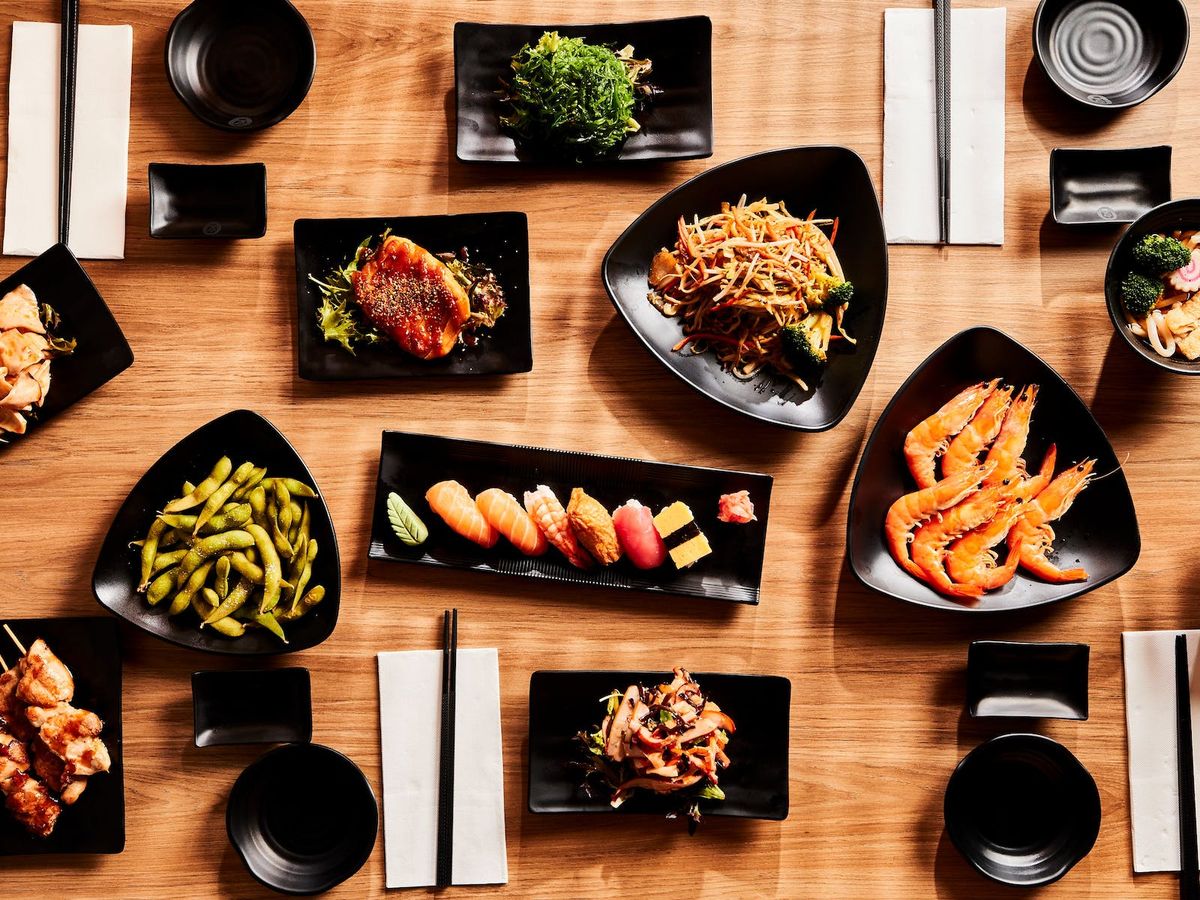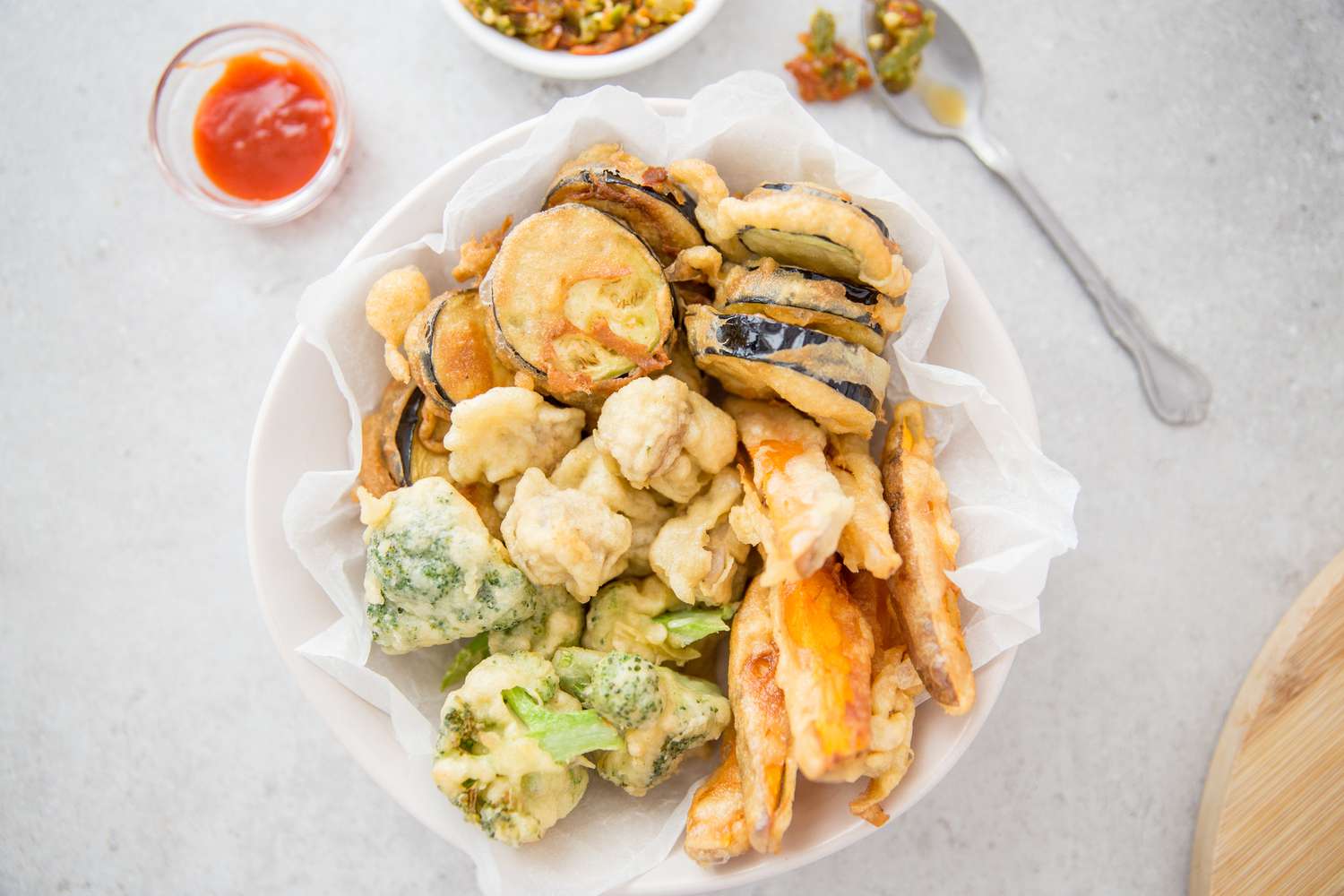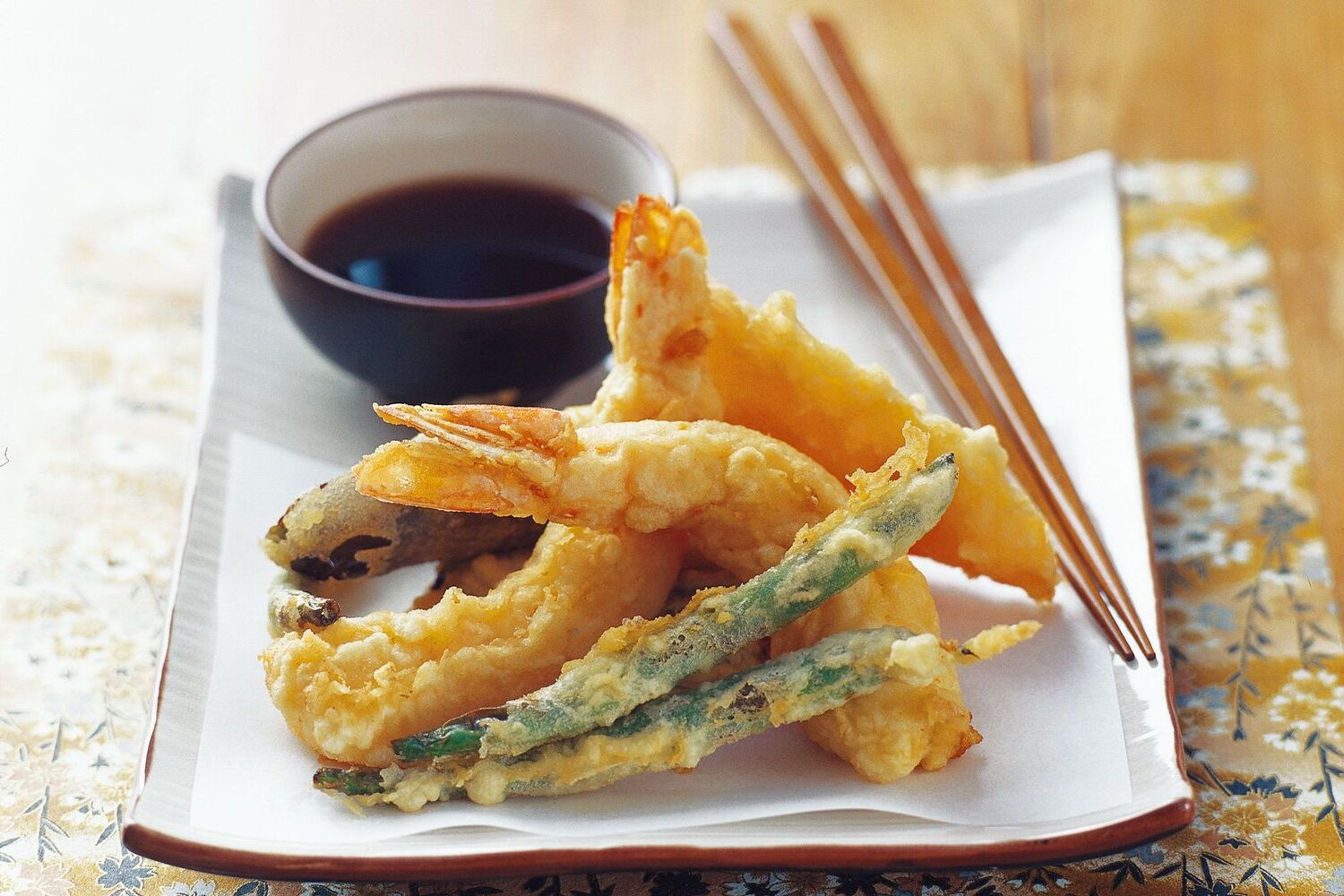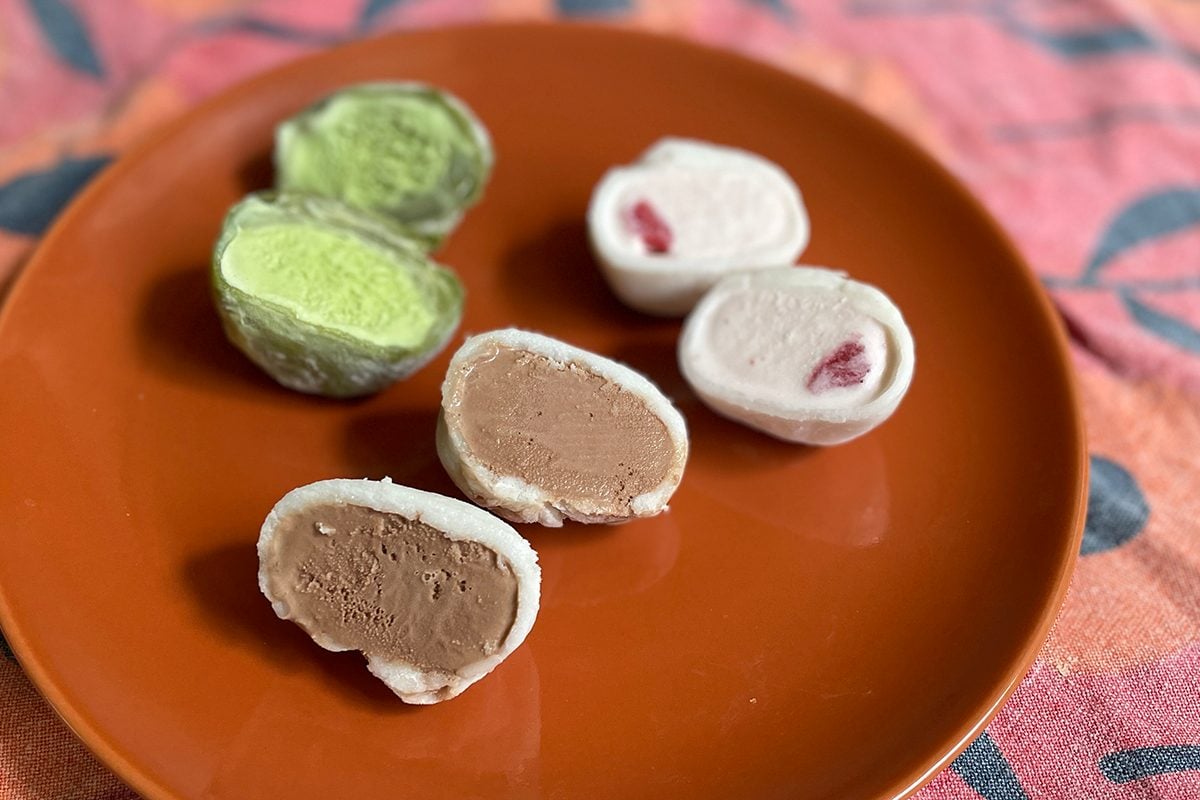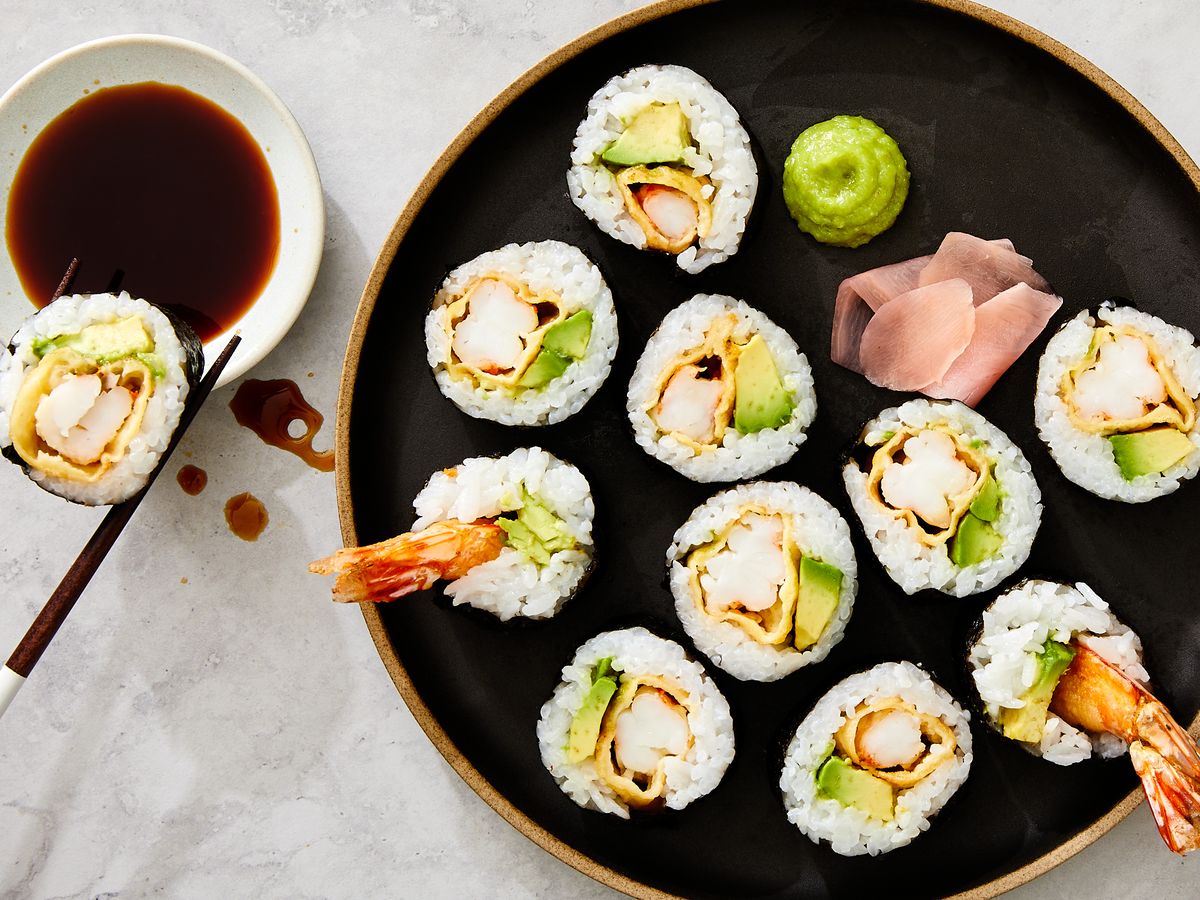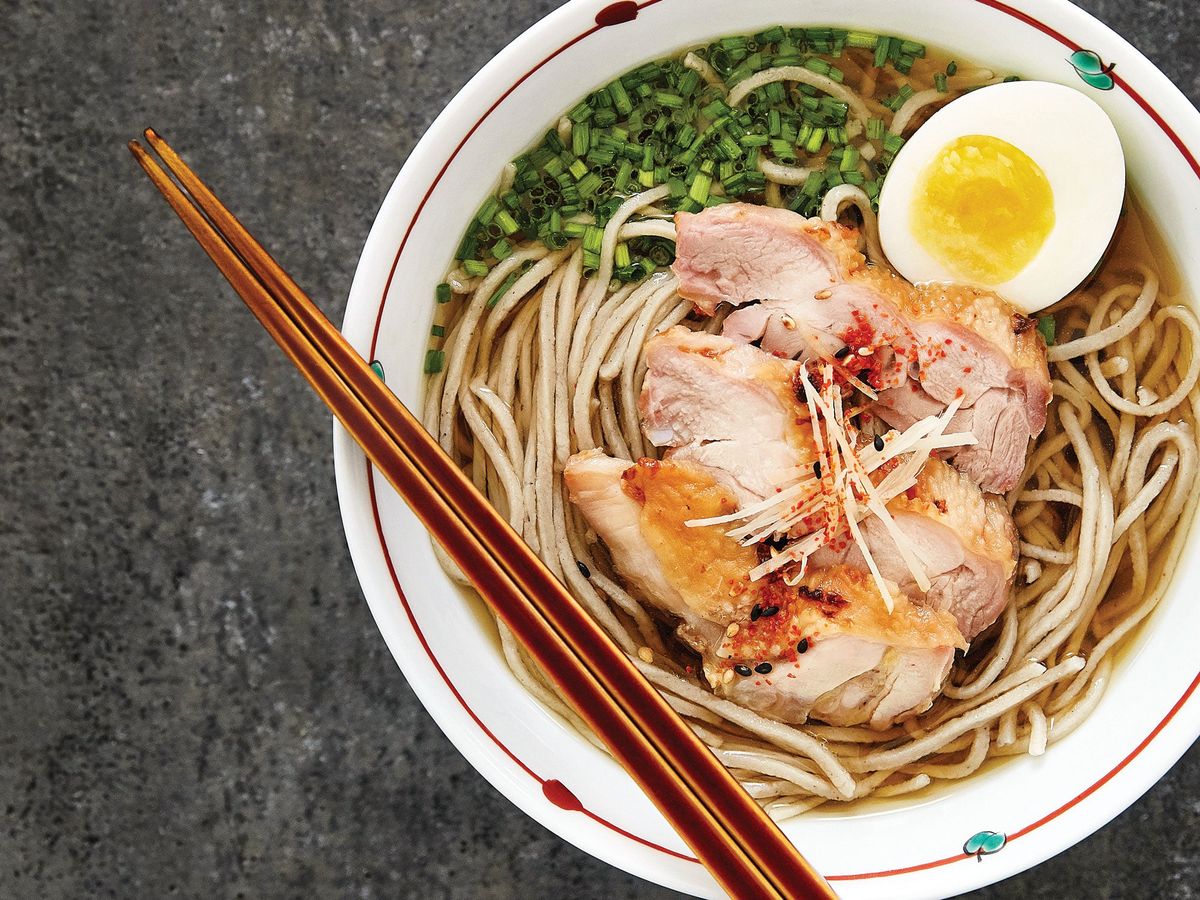Enjoying Gluten-Free Options in a Japanese Restaurant
Japanese cuisine is known for its delicious and diverse flavors, but for individuals with gluten sensitivities or celiac disease, navigating a Japanese restaurant menu can be a bit challenging. However, with some knowledge and preparation, it’s entirely possible to enjoy a gluten-free dining experience at a Japanese restaurant. Here are some tips to help you savor the flavors of Japan while adhering to a gluten-free diet:
Do Your Research
Before heading to a Japanese restaurant, it’s a good idea to do some research. Look up the restaurant’s menu online or give them a call to inquire about their gluten-free options. Many Japanese restaurants are familiar with dietary restrictions and may be able to accommodate your needs. Additionally, reading reviews or reaching out to others who have dined at the restaurant can provide valuable insights into the availability of gluten-free dishes.
Communicate Your Dietary Needs
When you arrive at the restaurant, don’t hesitate to communicate your gluten-free requirements to the staff. Politely inform your server about your dietary restrictions and ask for their assistance in identifying gluten-free menu items. Japanese cuisine often includes soy sauce, which contains gluten, so it’s essential to inquire about the ingredients used in each dish.
Opt for Naturally Gluten-Free Dishes
Fortunately, Japanese cuisine offers a variety of naturally gluten-free options that are both delicious and satisfying. When perusing the menu, consider choosing dishes that are traditionally free from gluten-containing ingredients. Some safe choices may include:
- Sashimi: Fresh slices of raw fish
- Edamame: Steamed soybeans sprinkled with sea salt
- Miso soup: A savory broth made from fermented soybeans
- Yakitori: Grilled skewers of chicken, vegetables, or seafood
- Chirashi: A bowl of sushi rice topped with assorted sashimi
Avoiding Gluten-Containing Items
While exploring the menu, be mindful of dishes that may contain hidden sources of gluten. Some common culprits include tempura (battered and fried items), dishes with a teriyaki glaze (which often contains soy sauce with gluten), and certain types of noodles such as udon and ramen. It’s best to steer clear of these items and opt for safer alternatives.
Customize Your Order
If you have specific dietary concerns, don’t hesitate to ask if certain dishes can be customized to be gluten-free. Many Japanese restaurants are willing to accommodate special requests, such as substituting gluten-free tamari for soy sauce or replacing noodles with rice. By being proactive and communicative, you can often enjoy a customized meal that meets your dietary needs.
Enjoying a Gluten-Free Dining Experience
With a bit of preparation and communication, dining gluten-free at a Japanese restaurant can be a delightful experience. By researching the menu, communicating your needs, and making informed choices, you can savor the flavors of Japanese cuisine while adhering to your gluten-free diet. So, the next time you’re craving sushi or sashimi, rest assured that there are plenty of delicious options available to enjoy without worry.
Remember, each restaurant may have different practices and offerings, so it’s always best to inquire and communicate your needs to ensure a safe and enjoyable dining experience. By being proactive and informed, you can confidently navigate the menu and indulge in the culinary delights of a Japanese restaurant while staying true to your gluten-free lifestyle.

